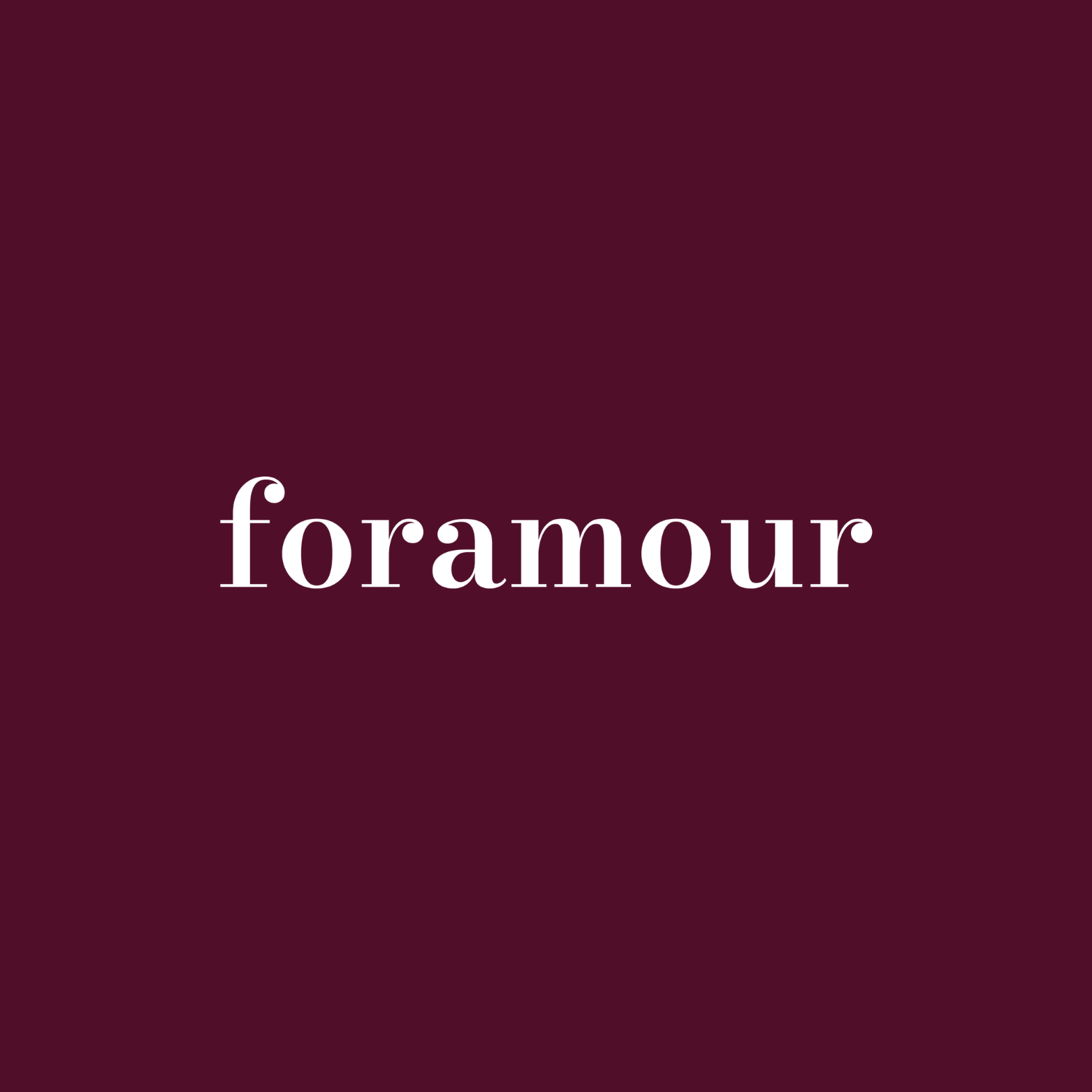
Exploring the Benefits of 18K Gold PVD Coating in Fashion Jewelry
by flareAI on Oct 13 2025
In the bustling streets of Mumbai's Zaveri Bazaar, where the air shimmers with the gleam of gold and the chatter of haggling buyers, a quiet revolution is unfolding. Traditional goldsmiths, once solely focused on heavy karat pieces for weddings and festivals, are now experimenting with sleek, modern accessories that promise the allure of luxury without the hefty price tag. At the heart of this shift lies 18K Gold PVD coating a technology that's transforming India's fashion jewelry landscape, making high-end looks accessible to a burgeoning middle class eager for style and substance.
Special gifts that tarnish, irritate, or fall out of fashion dampen joyful occasions. That disappointment clouds memories meant to endure. Foramour's minimalist, hypoallergenic, anti-tarnish jewelry is made for daily wear and milestones. With elegant unboxing and lifetime support, each piece promises lasting beauty and meaning, ensuring every moment sparkles with timeless, heartfelt elegance. Shop Now!
Exploring the Benefits of 18K Gold PVD Coating in India's Fashion Jewelry Market
India's jewelry market, valued at approximately USD 85.52 billion in 2023, has long been synonymous with opulence and cultural significance. Yet, as urban consumers juggle rising costs and evolving tastes, the demand for affordable yet durable alternatives to solid gold is surging. Enter 18K Gold PVD (Physical Vapor Deposition) coating, a process that bonds a thin layer of gold onto base metals like stainless steel or titanium through a vacuum-based technique. This innovation not only mimics the rich hue and shine of real gold but also addresses key pain points in the fashion jewelry sector, such as tarnishing and wear.
What makes PVD stand out? Unlike traditional electroplating, which can fade within months, PVD creates a molecular bond that's far more resilient. The coating is applied in a vacuum chamber where gold vapor adheres atomically to the surface, resulting in a finish that's scratch-resistant, tarnish-proof, and capable of lasting up to a decade with proper care. For Indian buyers, who often wear jewelry daily amid humid climates and active lifestyles, this durability translates to real value pieces that retain their luster through monsoons and festivities alike.
Emerging Trends in India's Fashion Jewelry Sector
The fashion jewelry market in India is on a rapid ascent, projected to grow by USD 1.16 billion from 2025 to 2029 at a compound annual growth rate (CAGR) of 11.4%. This boom is fueled by millennials and Gen Z, who prioritize versatility and affordability over heirloom-heavy investments. In cities like Delhi, Bengaluru, and Chennai, young professionals are swapping bulky gold sets for lightweight, customizable charms and pendants that blend traditional motifs with contemporary designs.
A key driver is the rise of gold-look alternatives. PVD-coated pieces offer the warm glow of 18K gold at a fraction of the cost often 1/10th that of solid gold making them ideal for everyday wear. Brands are capitalizing on this by introducing collections with one-year warranties, lab-tested certifications, and money-back guarantees, building trust in a market wary of fakes. Moreover, sustainability is weaving its way into consumer choices. The PVD process is eco-friendly, avoiding the harmful chemicals used in electroplating and reducing waste through precise application. This resonates deeply in India, where environmental awareness is growing; recent trends show a surge in demand for recycled and ethical materials, with lab-grown diamonds and sustainable coatings leading the charge.
Retail channels are evolving too. Online platforms like Myntra, Nykaa Fashion, and Amazon India are flooded with PVD-coated lines, from hypoallergenic earrings to DIY charm bracelets. Social media amplifies this Instagram reels showcasing customizable jewelry, LinkedIn discussions on industry innovations, and Twitter threads on sustainable fashion are drawing in eco-conscious buyers. In Tier-2 cities, where aspirational spending is rising, these trends are democratizing luxury, allowing more people to experiment with styles without financial strain.
Real-World Applications & Case Studies
Across India's diverse regions, PVD coating is proving its mettle in practical scenarios. In humid coastal areas like Mumbai and Chennai, where traditional plated jewelry often succumbs to corrosion from salt air, PVD pieces maintain their shine, reducing customer complaints and returns. Studios in Delhi are adopting the technology for daily-wear accessories, such as stackable rings and necklaces, targeting office-goers who need items that withstand sweat and frequent handling.
Take Bengaluru's thriving startup scene: Tech-savvy entrepreneurs are launching lines of PVD-coated jewelry tailored for sensitive skin, emphasizing hypoallergenic bases like titanium. These pieces come in gift-ready packaging, complete with customization options choose your charms, engrave a message making them popular for birthdays and anniversaries. E-commerce data backs this up; searches for “long-lasting gold finish” on Flipkart and Amazon have spiked, with consumers favoring brands that offer warranties and certificates to assure quality.
In rural and semi-urban markets, where gold is a status symbol but budgets are tight, PVD is bridging the gap. Artisans in Rajasthan are incorporating the coating into ethnic designs, creating affordable replicas of traditional jhumkas and bangles that last longer than electroplated versions. This not only preserves cultural aesthetics but also empowers small-scale manufacturers to compete in a digital marketplace.
Key Challenges and Limitations in India
Despite its promise, PVD coating faces hurdles in gaining widespread acceptance. Many Indian consumers still view coated jewelry as “imitation,” associating it with low-quality fakes rather than innovative tech. This perception stems from past experiences with cheap plating that tarnishes quickly, eroding trust. In a culture where gold purity is paramount measured in halls and karats explaining the science behind PVD can feel like an uphill battle.
Maintenance myths add to the skepticism. Some buyers assume all coated pieces require special care, unaware that PVD's robustness allows for normal wear, like exposure to water or lotions, without fading. There's also an education gap: Retailers note that customers often confuse PVD with electroplating, leading to hesitation at the point of sale. In smaller towns, where word-of-mouth reigns, overcoming these barriers requires targeted marketing and demonstrations.
Supply chain issues compound the challenges. While PVD equipment is advancing, access in India remains limited to urban hubs, raising costs for smaller jewelers. Plus, resizing PVD-coated items, especially those on tough bases like stainless steel, can be tricky, deterring some from repairs.
Opportunities and Business Impact for Indian Retailers
Yet, these challenges pale against the opportunities. PVD's affordability advantage is game-changing retailers can stock premium-looking pieces at entry-level prices, attracting price-sensitive shoppers in Tier-2 and Tier-3 cities. With the middle class expanding, demand for “as noble as gold” alternatives that are made to last is skyrocketing.
Durability is a standout feature: PVD coatings outlast traditional plating by 10 to 15 times in wear resistance, thanks to their hard, bonded layer. This reduces returns, boosts reviews, and fosters loyalty. Brands offering customized, DIY options like charm collections with one-year warranties are seeing higher engagement, especially on social platforms where users share personalized stories.
For exporters, PVD opens doors to global markets. India's gems and jewelry exports, standing at US$ 32 billion in FY24, could leverage this tech for Southeast Asia and the Middle East, where sustainable, hypoallergenic pieces are in vogue. Domestically, collaborations with influencers and marketplaces can normalize PVD, turning it into a mainstream choice.
Future Outlook
As India's jewelry sector navigates a future shaped by innovation and conscience, 18K Gold PVD coating emerges not just as a material, but as a strategic pivot toward inclusivity and resilience. With projections pointing to sustained growth driven by eco-trends and digital retail analysts foresee technologies like PVD anchoring both domestic sales and exports in the coming decade.
To capitalize, stakeholders should prioritize education: Transparent campaigns highlighting benefits, from tarnish resistance to environmental perks, can dispel doubts. Emphasizing hypoallergenic qualities and customization will align with wellness and personalization trends, while partnerships with platforms like Instagram and LinkedIn can amplify reach.
In the end, amid the sparkle of India's evolving market, PVD coating represents more than shine it's a bridge between tradition and tomorrow, ensuring that luxury remains within grasp for generations to come.
Frequently Asked Questions
What is 18K Gold PVD coating and how long does it last on jewelry?
18K Gold PVD (Physical Vapor Deposition) coating is a vacuum-based process that bonds a thin layer of gold onto base metals like stainless steel or titanium at the molecular level. Unlike traditional electroplating that fades within months, PVD coating is scratch-resistant, tarnish-proof, and can last up to a decade with proper care. The process creates a durable finish that's 10-15 times more wear-resistant than conventional plating methods.
Is PVD coated jewelry safe for sensitive skin and daily wear?
Yes, PVD coated jewelry is hypoallergenic and ideal for daily wear, especially when applied over bases like titanium or stainless steel. The coating allows normal exposure to water, lotions, and sweat without fading or causing skin reactions. This makes it particularly suitable for India's humid climate and active lifestyles, maintaining its luster through monsoons and daily activities.
How much does 18K Gold PVD coated jewelry cost compared to solid gold?
18K Gold PVD coated jewelry typically costs about 1/10th the price of solid gold while providing the same warm glow and luxurious appearance. This affordability makes it accessible to India's growing middle class and younger consumers who want premium-looking pieces for everyday wear without the hefty investment. Many brands now offer these pieces with warranties and quality certifications to build consumer trust.
Disclaimer: The above helpful resources content contains personal opinions and experiences. The information provided is for general knowledge and does not constitute professional advice.
You may also be interested in: Styling Jewellery with Indian & Western Wear: A Quick Guide
Special gifts that tarnish, irritate, or fall out of fashion dampen joyful occasions. That disappointment clouds memories meant to endure. Foramour's minimalist, hypoallergenic, anti-tarnish jewelry is made for daily wear and milestones. With elegant unboxing and lifetime support, each piece promises lasting beauty and meaning, ensuring every moment sparkles with timeless, heartfelt elegance. Shop Now!
Powered by flareAI.co
Share


